Dr Dario Lolli
| Biography | I am a media and screen studies scholar with a background in Japanese cultural studies. Before joining Durham, I was Postdoctoral Research Fellow at Keio University in Tokyo, while prior to that I taught at Loughborough University (Department of Media and Communication) and Birkbeck, University of London (Department of Languages and Cultures/Film Media and Cultural Studies). My research starts from the problem of what counts as culture – and Japanese visual and media culture in particular – in the context of emergent processes of globalisation, digitisation and the biopolitical management of massed granular data. Informed by the material and logistical ‘turn’ in media and communication studies, my main research project investigates the aesthetic and political implications of ordinary forms of sociotechnical interactions with Japanese animation and game media and the affective media environments they give rise to. I am currently working on my first monograph, tentatively titled Dispositives of ‘Extension’: Anime Franchises and the Productivity of Circulation. This work investigates the ecologies of affect, creativity and value established by Japanese transmedia series as they move and morph across territories, technological platforms and contexts of use against the backdrop of the global licensing industry. Through the analysis of franchised and licensed distribution as well as unauthorised appropriation and counterfeiting, it provides an original model to account for the dynamic proliferation of Japanese animation and game media below and beyond the putative unity of the ‘digital’ and the Japanese nation-state. A second strand of my research concerns the materiality of Japanese cel animation, or anime, as it generates collector's items for fans, museums, and cultural institutions in Japan and beyond. Since 2017, I have been a permanent member of the Archive Centre for Anime Studies in Niigata (ACASiN, Niigata University), where I began researching the tools and ‘intermediary’ materials used for anime production, such as celluloid sheets, storyboards, production notes, style guides, backgrounds paintings, etc. At Durham University, I have extended this project through an ongoing collaboration with the Oriental Museum to research its own collection of anime materials. Analogue artefacts that are no longer used in drawing and shooting represent the ephemeral result of a fast-paced, labour-intensive production process; they are neither intended to last nor to be collected by their makers after production. Yet, these materials provide us with a unique window into specific moments and conditions of anime studio culture, revealing evidence of the ambiguities and contradictions that commercial animation often entails. Thanks to funding from the Daiwa Anglo-Japanese Foundation and the Centre for Visual Arts and Cultures, an outcome of this research materialised in the international symposium “Doing things with anime materials: Approaching Japanese animation away from the screen,” held at the Oriental Museum in November 2023. |
|---|---|
| Research Interests | Japanese cel and digital animation and game media Media franchising and transmediality The licensing industry and design economies Media globalisation, especially from Japanese and East Asian perspectives Formal and informal media circulation and distribution geographies The cultural and creative industries, with special focus on Japan and East Asia Digital, creative and affective labour Media materiality and eco-criticism |
| Teaching and Learning | JPNS1041 – Introduction to Japanese Culture: From Antiquity to the Present JPNS2181 – Introduction to Anime: Aesthetic, Technology, Seriality VISU1012 – Introduction to Visual Culture Studies VISU2001 – Digital Skills for Visual Culture Research VISU2021 – The Art of the Moving Image 2 VISU 2031 – Objects of Desire: Making Sense of the Collections at the Oriental Museum |
